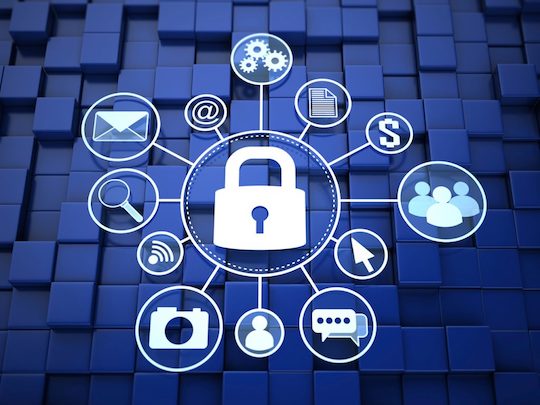For most people, Internet of Things is, first of all, his home computer network of smart devices. The number of such devices and the need to connect them together and to the Internet is constantly increasing. Some devices work with local networks; others require access to data stored on specific websites. Besides, many people want to remotely control their house. This kind of communication between you and your IoT devices is the main target of hackers and malicious programs.
Tips To Keep IoT Devices Safe
Here is the list of tips that will help you stay safe while using the Internet of Things:
1. Always lock the screen and/or password protect the smart devices connected to the Internet. This will prevent unauthorised access.
2. Change the default passwords for all websites, smart devices, and Internet routers.
3. Never use the same password multiple times. Try to use a complex combination of upper and lower case letters, numbers and special characters whenever possible. Use different passwords for each new website or device.
Always turn off Bluetooth when not in use. You cannot be sure that an IoT-compatible device will not attempt to connect using Bluetooth or other near-filed protocol, creating a risk of leakage of your personal data.
Get a VPN router. By providing an encrypted Internet connection directly using the router, you automatically protect all devices that connect to it.
Be sure to read the privacy policy of any device or software. Pay special attention to how data is stored and used. Carefully check the policies of any websites or devices before giving them access to your information.
Think twice before allowing the website or device to share information with social networks. Social networks are the main data collectors about you, your devices, purchases, and sphere of interests. The simplest example: while on vacation, some bad people may use information from social networks and find that you are not at home. Your home becomes an excellent target for hackers and other crooks.
Most IoT devices use geolocation technologies to accurately determine their location. You should disable or limit GPS functions in devices if you can do without those features.
Do not forget to update applications, firmware, and operating systems. This seems like an extra hassle, especially because some applications are updated every day, but, clearly, there is a reason for this. Updates can improve the functionality of the device, its security and fix the shortcomings found in previous versions. Most hacks happen because people do not patch and update.
If the device can use encryption technology, then there is no reason not to use it. Encryption is the best protection and the last barrier between your personal life and the World Wide Web. If even some data gets stolen, no one will be able to decipher this information and use it to harm you.
Internet of Things devices are here to stay. The benefits of new technologies outweigh by far all the risks. This does not mean that you need to neglect the risks. You need to find a way to eliminate most of the IoT risks or even avoid them altogether!
Source
http://www.businesscomputingworld.co.uk/top-10-iot-security-tips/
